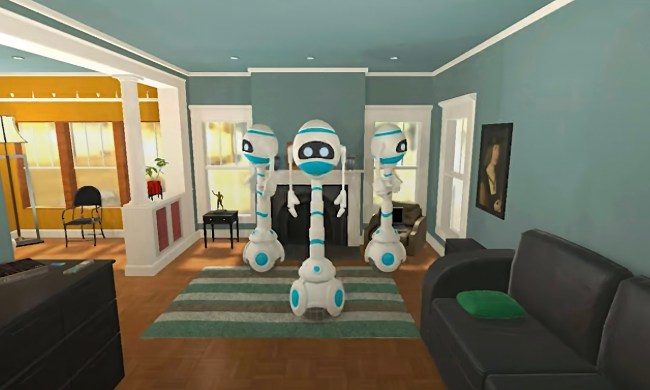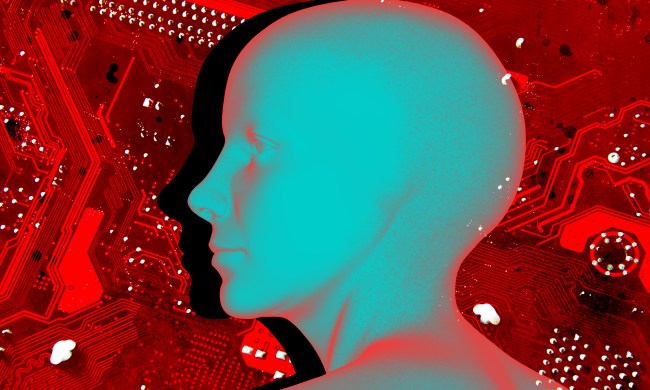Up-and-coming unmanned aerial vehicle (UAV) manufacturer Skydio unveiled a new drone today. The Skydio 2, as it’s called, is essentially a new-and-improved version of the Skydio R1 — an autonomy-focused camera drone that was released in early 2018. The new version boasts a bundle of improvements, including better battery life, longer range, and dramatically improved auto-follow capabilities.
“Skydio 2 combines groundbreaking artificial intelligence with a best-in-class 4K60 HDR camera, 3.5 kilometers of wireless range, and 23 minutes of flight time in a drone that fits anywhere you can carry a 13-inch laptop,” the company said in a statement. “For experienced pilots, Skydio 2 makes every aspect of flying drones more creative, more fun, more useful, and less stressful. But it’s also capable of flying completely by itself with the skills of an expert pilot, opening up the power and magic of aerial capture to new audiences.”
Auto-follow mode has been a standard feature on camera drones for years now, but despite the fact that it’s relatively common, it’s typically more of an afterthought than a flagship feature on most drones. For Skydio, however, auto-follow functionality is the main event — and it shows. The company’s first-generation drone can fly and dodge obstacles better than practically any other drone on the market, and the Skydio 2 builds upon that already stellar foundation.

“Skydio 2 is built around the Skydio Autonomy Engine, the most advanced flying artificial intelligence system in the world,” the company said in a press release. “It sees in every direction with six 4K cameras, maps and understands the world around it, predicts into the future, and makes intelligent decisions that let it smoothly fly around obstacles while capturing amazing videos and photos.”
That’s the big differentiator between this drone and other auto-follow UAVs. Skydio 2 doesn’t just autonomously fly, film, and dodge obstacles. It does all that while also intelligently planning its flight path so it can fly smoothly. This apparently allows the drone to capture cinematic-looking auto-follow footage without any shaking, stuttering, or stopping — something that even the most advanced DJI drones struggle with.
On top of that, it’s also equipped with some damn decent specs. It can shoot in 4K HDR at 60 frames per second, it has full 360-degree obstacle avoidance, and if you pair it with the new Skydio Beacon, it can even follow you when the cameras can’t see you. All things considered, this is definitely one of the most exciting additions to the UAV market that we’ve seen in years.
The Skydio 2 is priced at $1,ooo, and is available for pre-order starting today.



